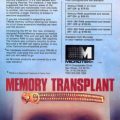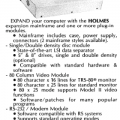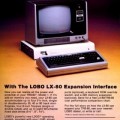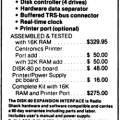The Exatron MM+
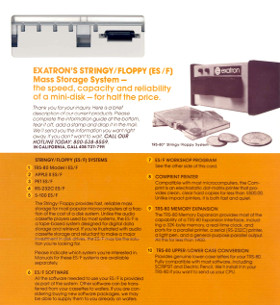
Exatron flyer from 1981 mentioning the MM+
The Exatron MM+ was aimed at users of alternative Model I storage options, such as the Exatron Stringy Floppy, the Meca BETA-80, or the JPC Products TC-8. Unlike the Radio Shack Expansion Interface, the Exatron MM+ didn’t include a floppy disk controller. But it did add additional memory, a parallel port, and a serial port. Unlike the Microtek MT-32, another lightweight Expansion Interface alternative, the Exatron MM+ also extended the Model I expansion bus. This meant that peripherals that connected to the bus, such as the Stringy Floppy or the BETA-80, could still be attached to the MM+.
The Exatron MM+ measured 17" by 7" by 3" and cost $399.00. It was only sold by Exatron fully assembled, unlike most other Expansion Interface alternatives, such as the Micromint Disk 80 or the Microtek MT-32, which were also sold as kits.
The Exatron MM+ included its own power supply and offered these features:
- 32K of memory
- a real-time-clock
- a RS-232 serial port (output only)
- a parallel printer port
- a light pen port
The light pen port would work with any TRS-80-compatible light pen that connected to the cassette port. According to a review in Creative Computing, the port was designed to work with the $19.95 Photopoint light pen sold by Micro Matrix of Pacifica, California.
Exatron appears to have discontinued the MM+ by early 1982 when they introduced another product, the MM-800 Internal Memory. The MM-800 was a less expensive alternative that installed inside the Model I case and provided a full 64K of memory.
-
Two very favorable reviews in 80 Microcomputing and Creative Computing, the latter of which was republished in the book The Creative TRS-80, probably account for much of that recognition. ↩︎
